Pickleball’s popularity is surging, and with good reason! It’s a fun, fast-paced game that blends elements of tennis, badminton, and ping pong. But for new players, the scoring system can seem a bit tricky. Fear not, future pickleball champions!
This guide will have you confidently calling the score and keeping track of the action on the court.
Pickleball 101: Pickleball Rules Guide
Understanding the Basics Of Pickleball Scoring Rules
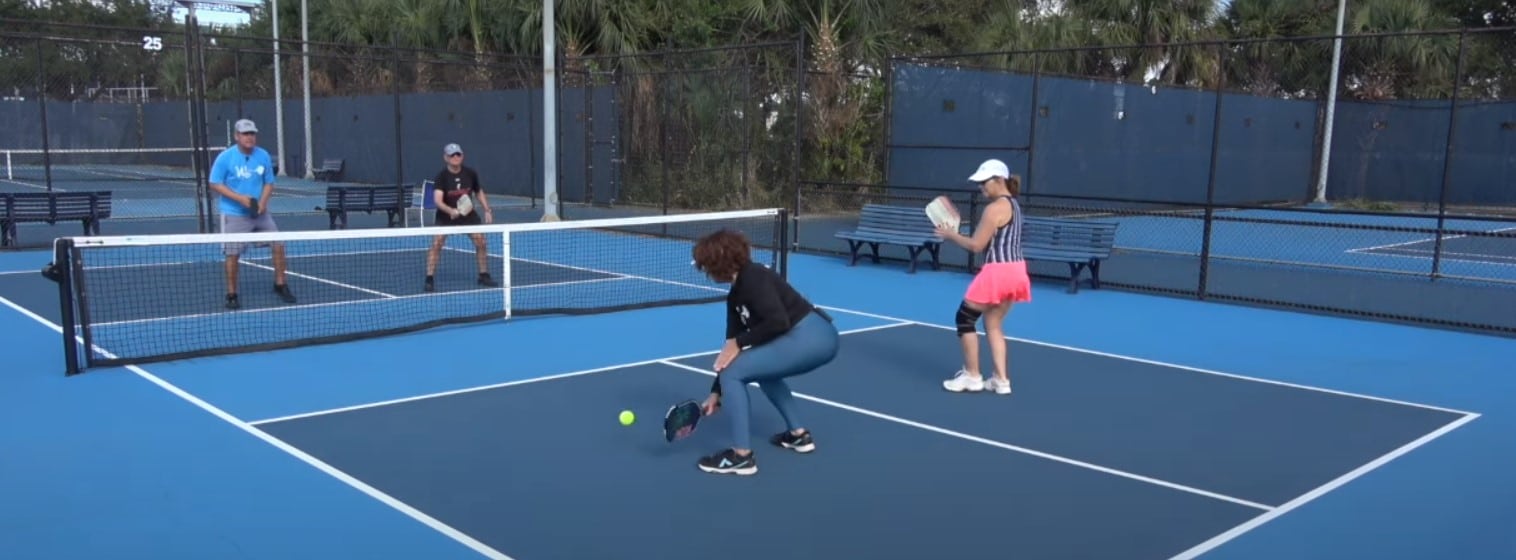
Pickleball scoring rules might seem complex at first, but it boils down to a few key points. Games are typically played to 11 points, but you must win by two points. This means the score can go past 11 if needed, until one team leads by two.
Only the serving team can score a point. This happens whenever the receiving team commits a fault, which can be anything from hitting the ball out of bounds to volleying (hitting the ball before it bounces) in the non-volley zone (area close to the net).
In doubles, each teammate gets a turn to serve. The serving team keeps alternating servers until they lose a point. That point goes to the other team, who then gets a chance to serve with their own player. This switch between servers keeps the game dynamic and prevents one team from dominating with a strong server.

The Pickle Guide: Everything You Need To Know
There Are Two Main Ways To keep Score in Pickleball
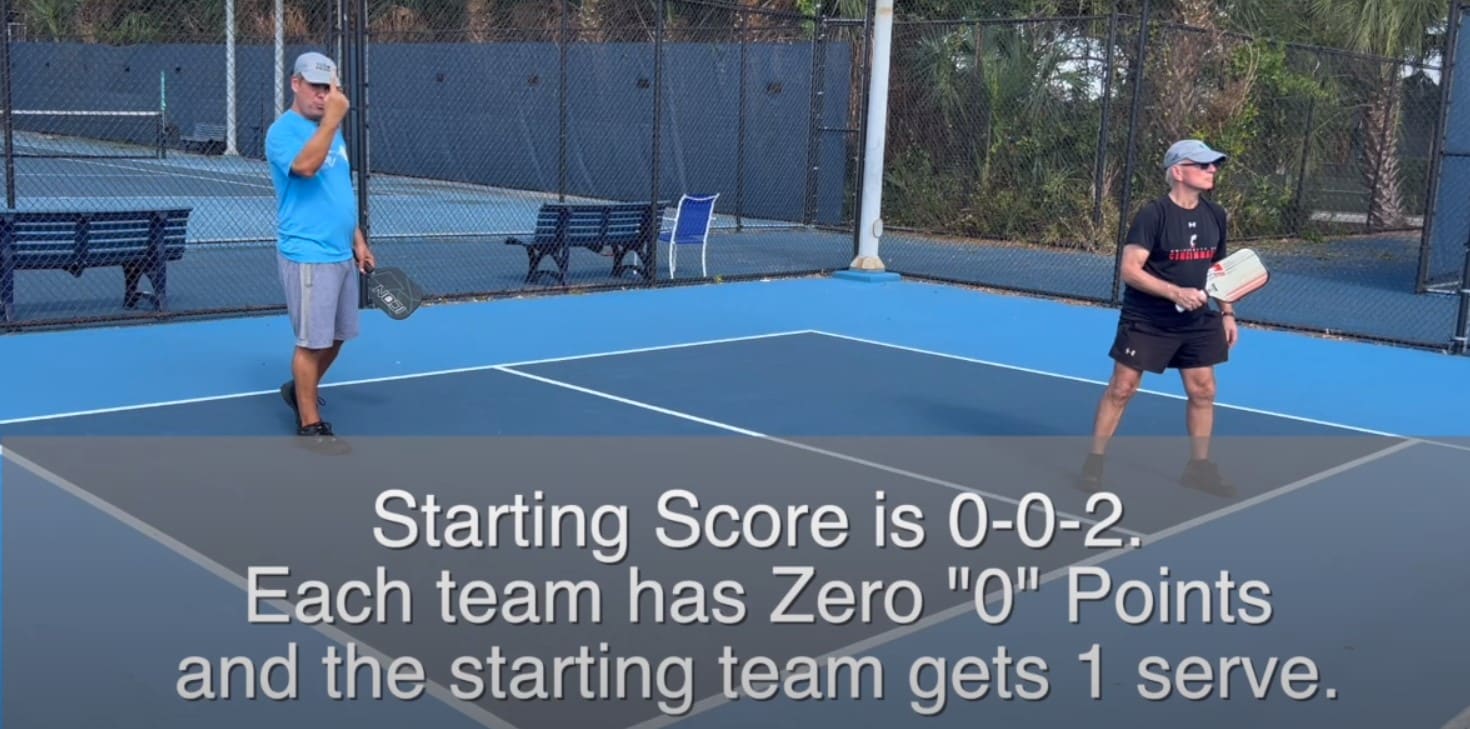
Singles Play
Represented by two numbers. The first number is the serving player’s score, and the second number is the receiving player’s score.
Doubles Play
Represented by three numbers. The first number is the serving team’s score, the second number is the receiving team’s score, and the third number indicates which player on the serving team is currently serving (1 for the right-side player, 2 for the left-side player).
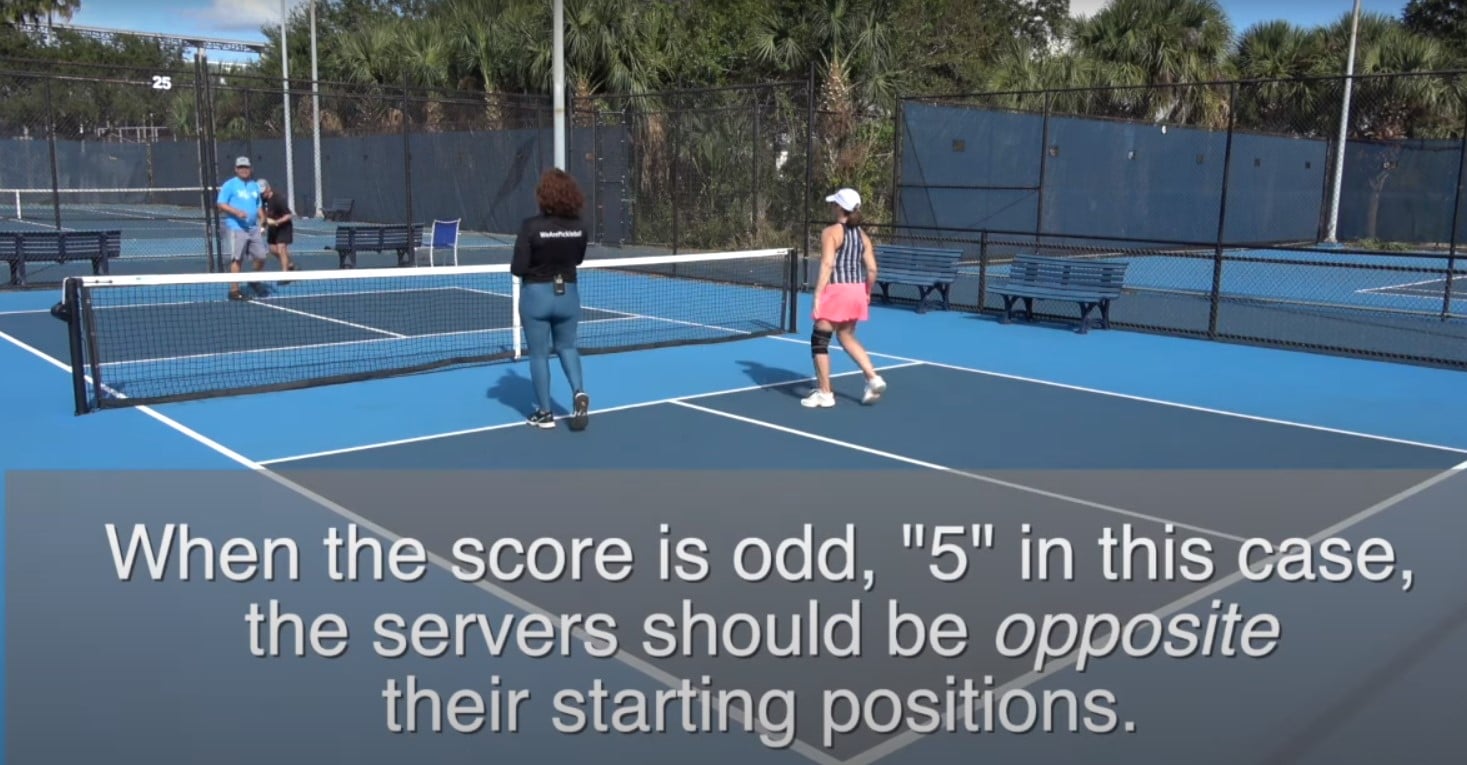
Calling the Score In Pickleball

Before each serve, the serving player is responsible for calling out the score. This helps both teams stay on the same page throughout the game. Here’s how it works:
Singles: Announce your score first, then the receiving player’s score. For example, if you have 7 points and your opponent has 4 points, you would call “7-4.”
Doubles: Announce your team’s score first, followed by the opposing team’s score, and then your serving number (1 or 2). For instance, if your team has 8 points, the opposing team has 5 points, and you (the right-side player) are serving, you would call “8-5-1.”
Pickleball Scoring Points

Only the serving team can score a point. A point is awarded when:
- The receiving team fails to return the ball in bounds.
- The receiving team commits a fault (e.g., double faulting on the serve, volleying the ball before it bounces, etc.).
Switching Servers
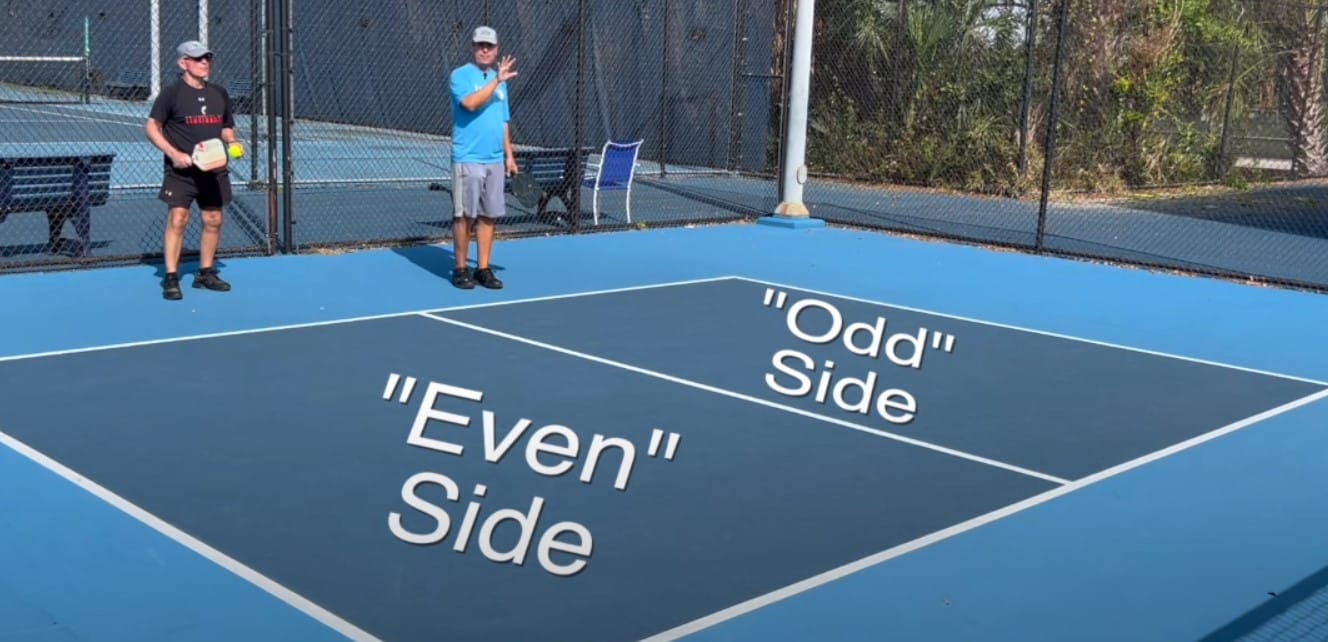
In singles, the server switches sides of the court after every point.
In doubles, the serving team continues serving back and forth until they lose a point. Then, the other team gets a chance to serve. Each player on the serving team gets two service opportunities before the serve switches to the opposing team.
Tips for Keeping Score In Pickleball
- Use a pen and paper or a dedicated pickleball scorekeeper.
- There are also mobile apps available that can help you track the score.
- If you’re playing doubles, communicate clearly with your partner about who is serving next.
- Don’t be afraid to ask for clarification on the score if you’re unsure. Most players are happy to help out a beginner.
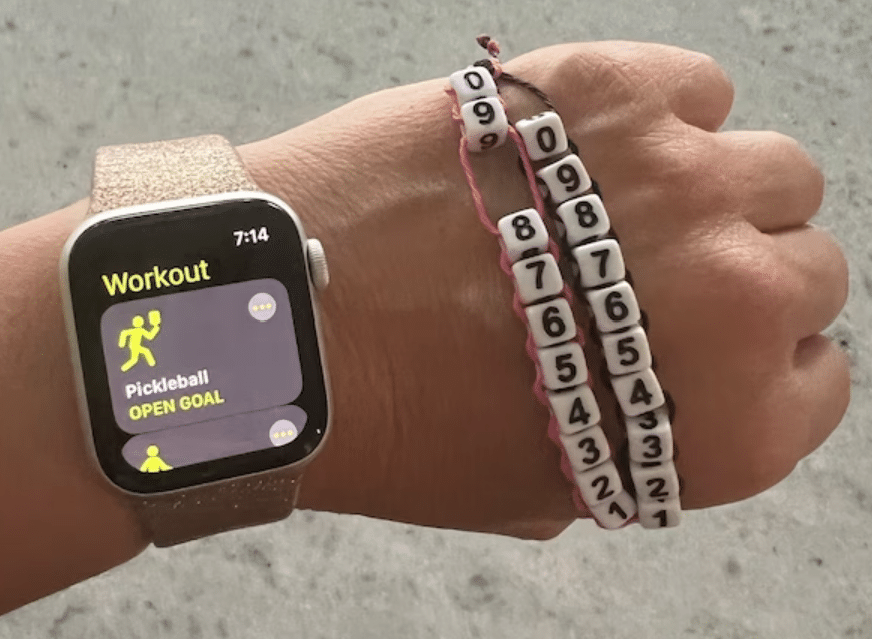
Mastering the Score Keeps You in the Game
By understanding how to keep score in pickleball, you’ll be well on your way to enjoying this exciting sport. Now that you’ve got the scoring basics down, grab your paddle and head out to the court! Remember, practice makes perfect, and before you know it, you’ll be calling the score like a pro.
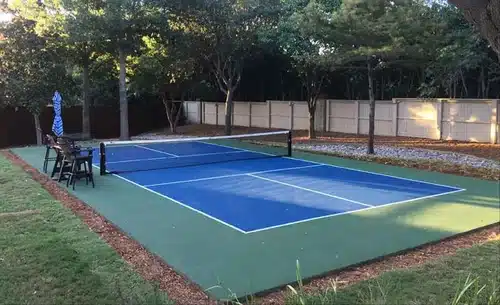
Your Complete Guide to Pickleball Courts: From Dimensions to DIY Setup
How to DIY Your Own Pickleball Court